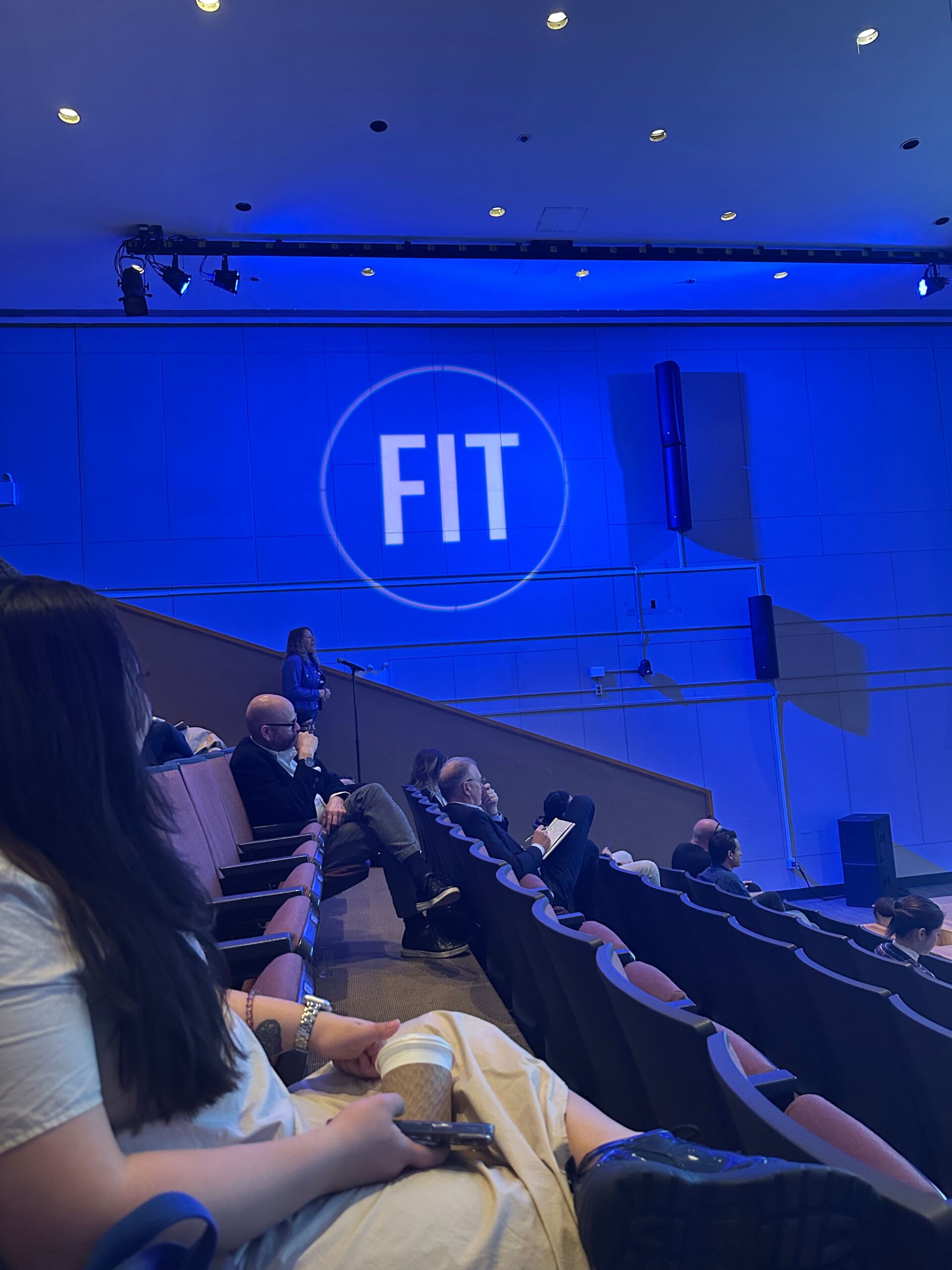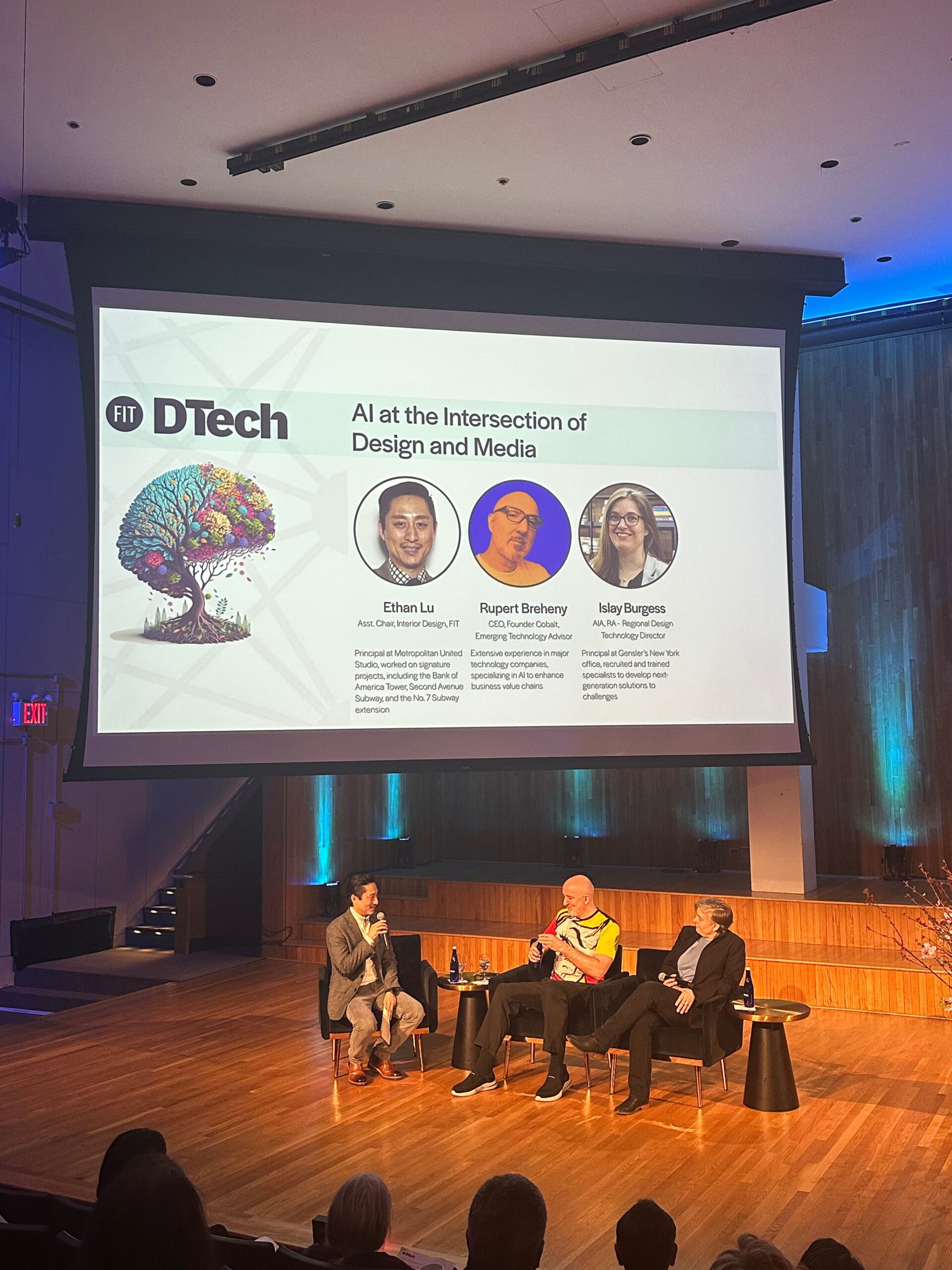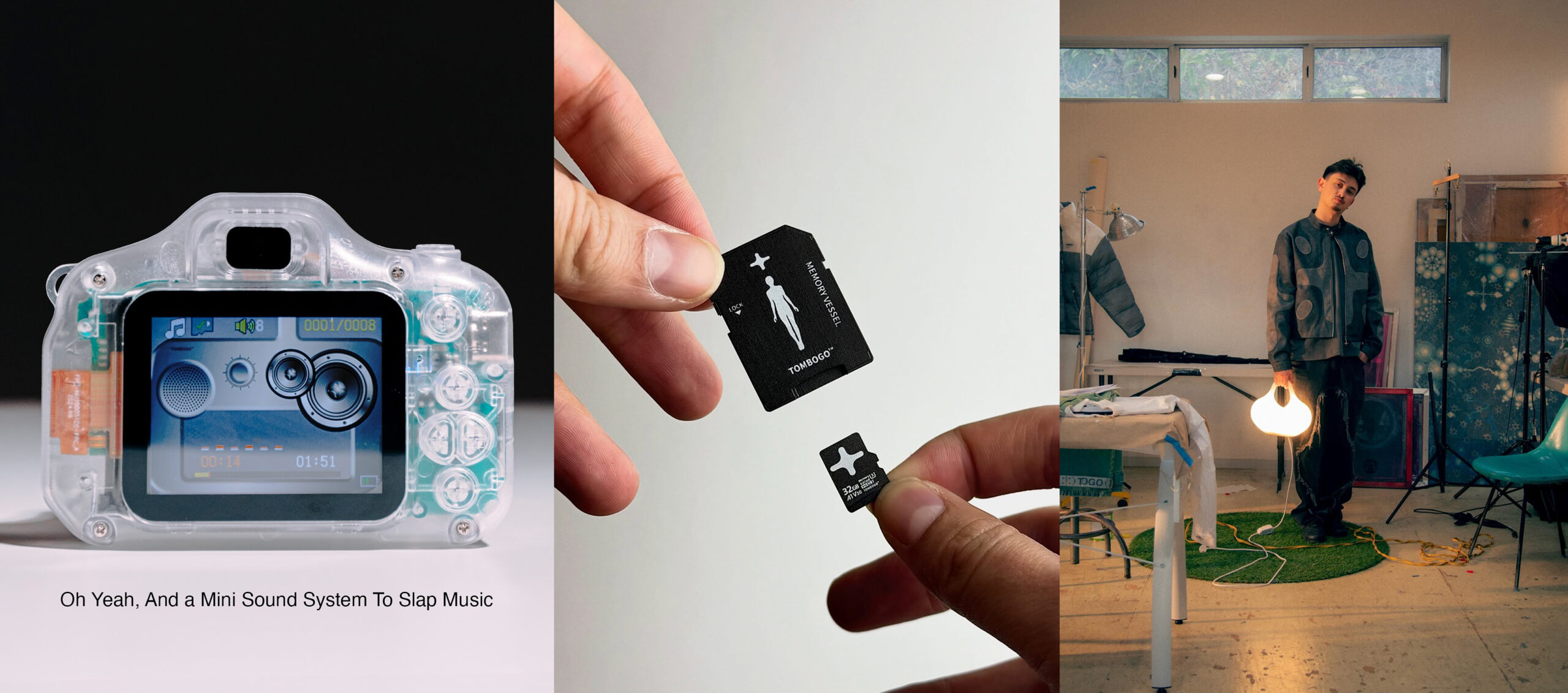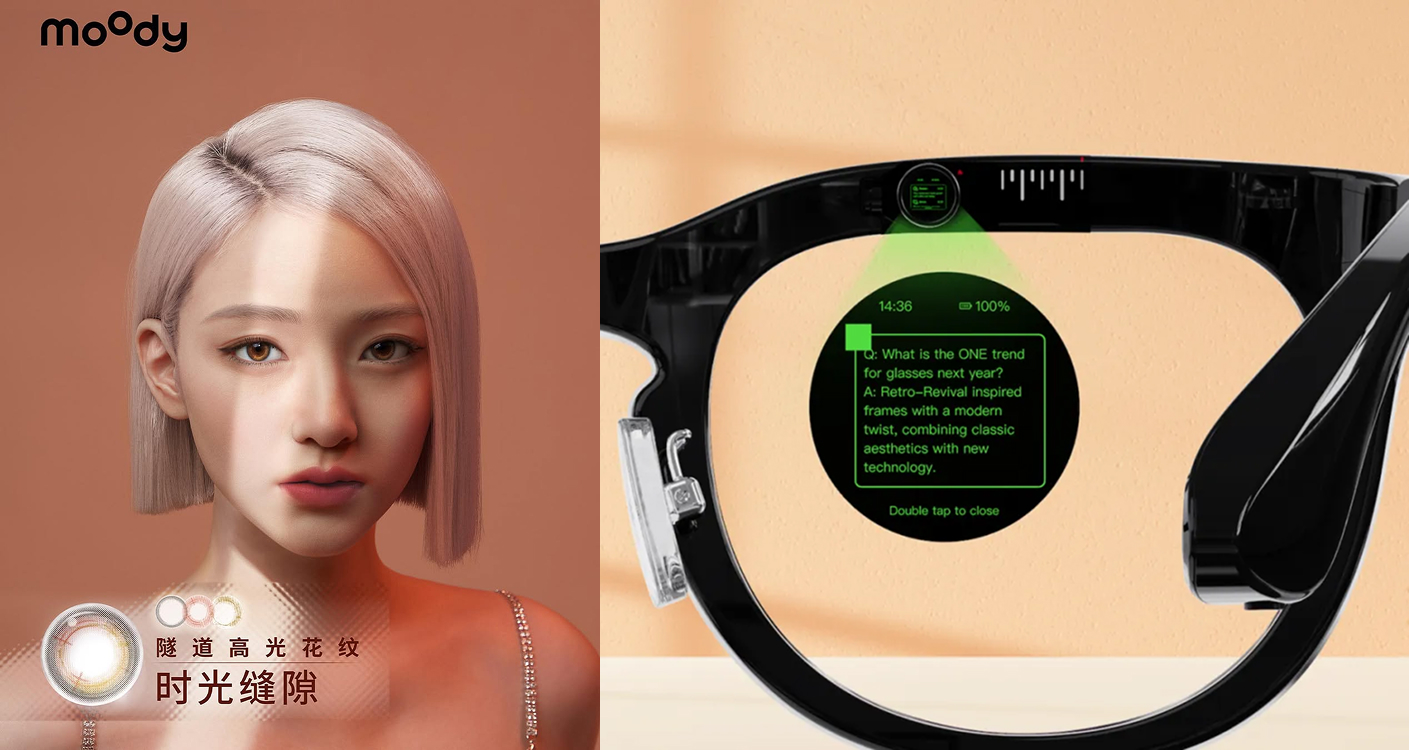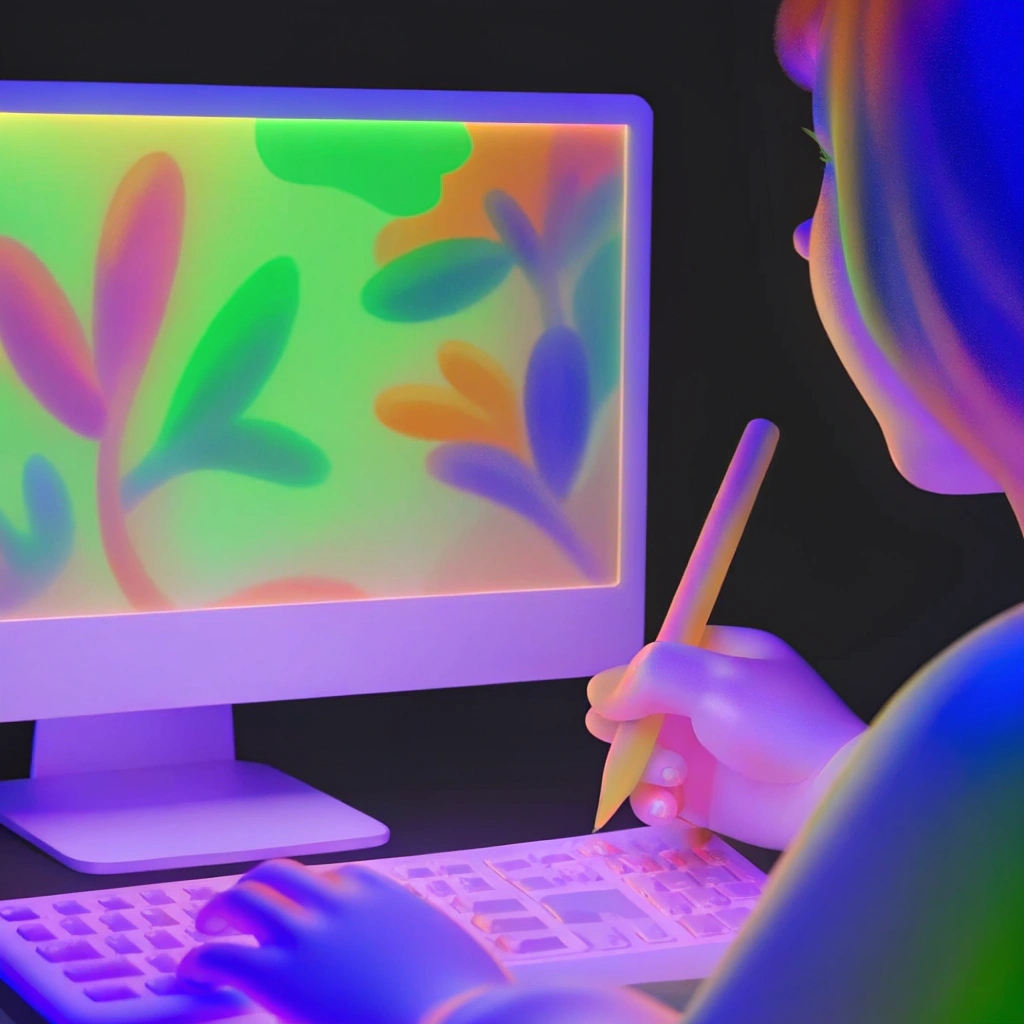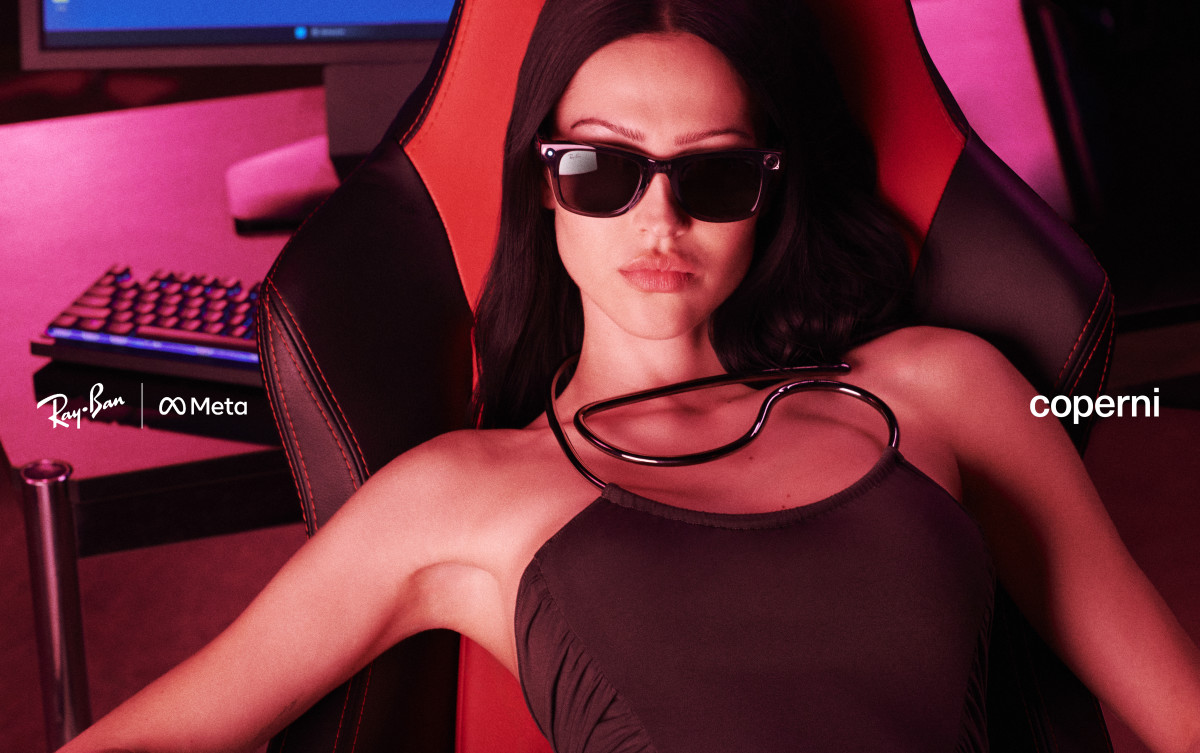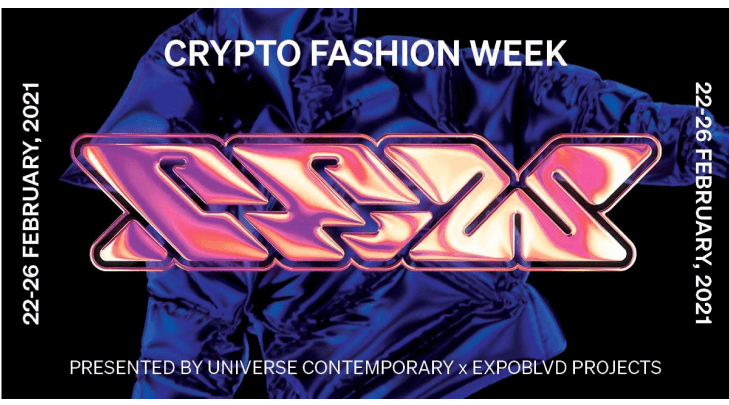
In the past few years, we have witnessed tech advancements in all aspects such as high-speed networks, artificial intelligence, and blockchain. Crypto, which is another word for digital assets, is becoming a huge part of our lives, and people are recently applying it to the fashion industry.
Crypto Fashion Week, co-presented by Universe Contemporary and EXPOBLVD projects, is a new and niche fashion week ready to revolutionize the world and set recent trends with everything digital. The event provides a stage for innovators to showcase their digital fashion pieces and knowledge through a panel discussion.
CFW runs for 5 days, each with a discussion topic that ignites new ideas for the future of fashion: Authenticated Athletics, Crypto Kicks, The Ledger is the Runway, Meet Me in the Metaverse, and Proof of Work Proof of Cultural Impact.
Before we jump into the fashion week’s details, we shall understand the basic terms first.
Digital Fashion — “skins” for real people
Like the skins(digital fashion) we wear in video games, we can be dressed digitally by uploading a photo of ourselves and apply a layer of digital fashion on top of our digital selves. Although you cannot wear them in real life (unless the seller manufactures IRL), digital fashion is regarded as a substitute for physical fast fashion. More and more fashion designers are experimenting with digital fashion as it reduces over-production, waste from creating samples. Designers can elaborate their imaginations without physical boundaries.
This fashion innovation enables people to dress in whatever they want, whenever they want, without causing damage to the environment. For example, this tech would be a great option for Instagram influencers who constantly need to buy and throw away clothing.
What are NFTs?
To avoid situations like accidentally purchasing a fake Yeezy or LV bag, digital fashion can be authenticated via NFTs. An NFT is a unique token that represents a specific object in the digital or physical world. Through this token, you can buy and sell ownership of the item and have it verified as authentic by the blockchain ledger.
This is important because it helps the creators get credits for their work. And keep the customers happy with authentic designs and transparent transactions.
If you want to dive deeper into the blockchain sphere as a creator. LUKSO, the event’s sponsor, sets industry standards and solutions for physical and digital consumer goods to foster transparency, circularity, and new forms of responsible production and consumption. During the event, they shared more knowledge about blockchain and some of the existing problems of creator profile back-tracking.
How is CFW different from traditional fashion weeks?
Traditional fashion weeks is all about the designer, the concept, the materials, the models, the photographers, and the designs — you all know the drill. Crypto Fashion Week, on the other hand, operates similar to an online conference than a Victoria’s Secret or Moschino show.
There were more sessions of panel discussions than fashion shows. Each fashion show lasts a couple of seconds to a minute, a lot shorter then traditional shows, which runs from 10 to 30minutes each.
In our conclusion, they were more focused on the tech side of fashion than the design side. It was even challenging for us to find more information about each designer and their collection’s design statement, which is a must-do if the focus is the the design.
Although there was a lack of writings about the show concept and its designers, it was really easy to understand get a gist of each show’s concept. Every designer showcased surreal 3d set designs that sets a mood in an instant. In reality, it is difficult to curate a show with immersive feelings unless you have the budget of a Chanel or Gucci show.
How was the fashion presentations?
We’ve seen a lot of morphing patterns and hyperreal intergalactic backdrops with BGMS like if Grimes X tech house had a baby. Even though the weather is not a thing in the Metaverse, designers still created renders of puffer jackets. We’ve also seen many athletic-wear, with hoodies and large shirts and tights and straps as accessories.
Tech’s use in fashion presentation changes how we communicate a narrative as a designer. From SEMENENKO’s minimalistic space ship interior to 21NB’s dark willow tree forest to SAMJ Studio’s optimistic-looking rainbow garden, you can enter multiple experiences in just a few minutes.
The future of fashion tech will continue to advance
The panel discussions was a good information source for those interested in the future of virtual worlds and digital fashion. Many valuable insights were shared by industry experts like Amber Jae Slooten (co-founder of The Fabricant), Casimir Patterson (founder of Nftyco), Natalia Modenova (founder of DressX), Marjorie Hernandez(Founder of Lukso), etc.
Here are some of our key takeaways from the discussions:
1.On Infrastructure — The digital fashion economy’s existing infrastructure is still very immature; we have many opportunities to make it more standardized (aka. opportunities to make $$).
2.On Mixed Reality — The advancement of MR may change how everyone see/view things in the future. And digital fashion goes hand-in-hand with this.
3.On the Future — Fashion tech will stay relevant post-Covid, whether traditional brands like it or not. The trend is irreversible. Digitizing assets is going to be inevitable for brands. We just need to keep pushing forward as innovators.
4.On Authenticity — Blockchain is a great way for creators and consumers to create safe and ethical transactions.
5.On Crypto Fashion — Blockchain is the infrastructure for digital fashion economy. Allows monetization for all kinds of creators.
6.On The New Economy of Digital — Everyone can do it and be apart of it. No centralized power or hierarchy in a digital fashion. The internet is a good equalizer.
Tech Highlights:
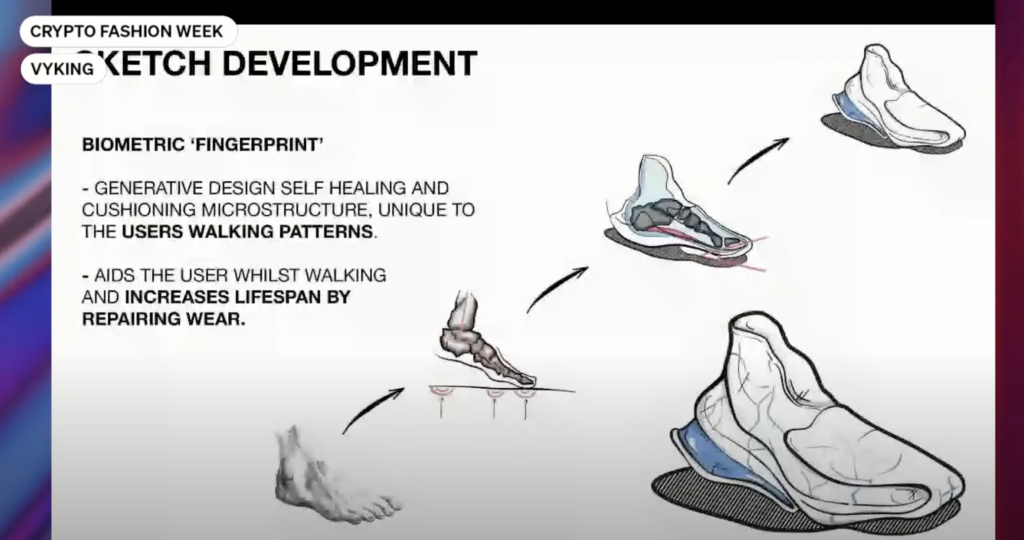
1. Vyking is an AR company that invests a big part of their time on the digital side of footwear fashion. A notable case study is their Gucci sneakers try-on app. Vyking is currently building a circular footwear economy for eliminating wastes in the footwear industry. By 2040, AR glasses and contact lenses are predicted to become everyday wearable accessories. By then, Vyking aims to have created the most comfortable and long-lasting shoes. The shoes’ designs will be changeable and viewed virtually via AR display devices of the 2040s (using foot-mapping tech and multi-user identification). They also want to make it self-healing(using nano-cellulose, 3D printing, and microvascular healing technologies), which allows the shoes to auto-fix the cracks formed due to wear and tear.
2. DNA Block is a 3D production software that allows you to quickly create digital humans and animations with no 3D experience. It simplifies traditional CGI building and animating processes to enable designers to create digital humans faster—kind of like the Canva for Photoshop. The output can be rendered and livestream to other platforms in real-time.
DNA Block also comes with a library of motion captures, environments, props, presets, filters, and lighting. The app has integrations with motion capture suits, connects with facial tracking with iPhone.
3. Newlife.AI — is a new form of social media with no likes, no follow, no ads function. The feed is based on Newlife.AI’s unique algorithm. For each post, you need to press the app screen for as long as possible to show your appreciation. The longer you press, the more love you give to the creator. It provides an equalized and friendly environment for creatives to collaborate and share authentic designs.
Final Thoughts
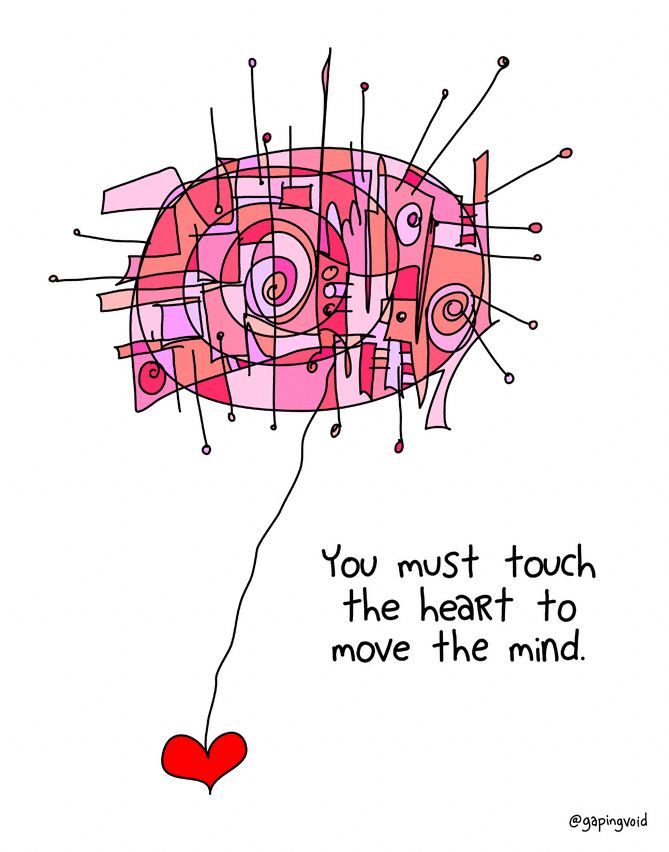
Credits / GapingVoid
It is exciting to see the fashion and blockchain industry are working together. With this fashion tech combination, we can create more opportunities for creators, and help the fashion industry be more green, ethical, and efficient.
CFW was definitely fruitful as a conference. As a fashion week, we wish there were more information about the collections and designers. Even though fashion weeks are slowly changing its course, however the essence of fashion design and storytelling should still persist, regardless the change of reality or format.
At the end of the day, tech serves as the infrastructure of functions. Culture, values and visual outputs are what drives people to participate.
